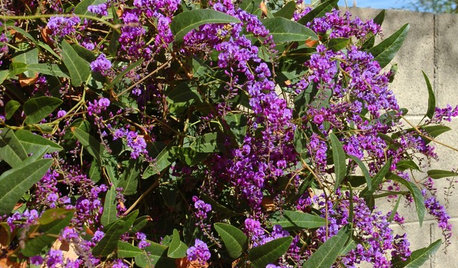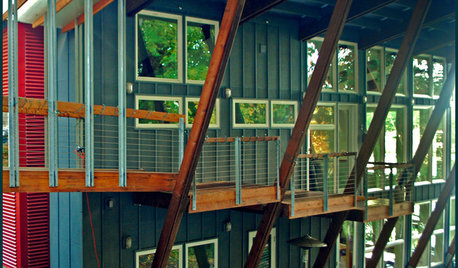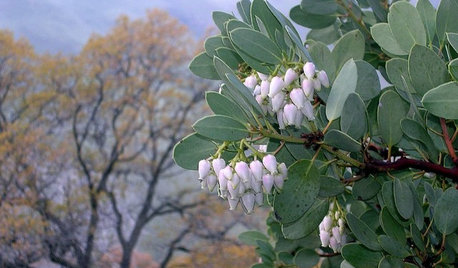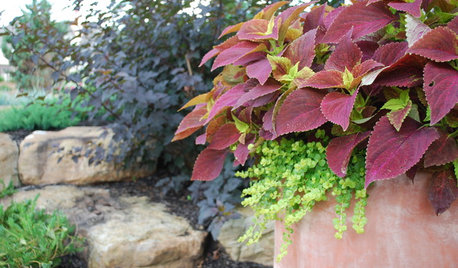Would this lilac be evergreen in Seattle area?
eastside1
14 years ago
Related Stories

INSPIRING GARDENSFrom Concrete Lot to Gracious Organic Garden in Seattle
Plants, pests and even weeds have a place in this landscape, which offers an edible bounty and a feast for the eyes
Full Story
GARDENING GUIDESGreat Design Plant: Lilac Vine for a Purple Profusion in Winter
Grow this pretty, hardy vine on a fence or as a ground cover for blooms throughout the colder months
Full Story
LANDSCAPE DESIGNWarm Up Your Home With an Evergreen Windbreak
Plant tall trees for more warmth in winter, serenity in summer and good looks all year long
Full Story
HOUZZ TOURSMy Houzz: Highlighting Farmhouse Roots in a Seattle Suburb
New and old mix with DIY touches in a remodeled 1928 home for a family of 6
Full Story
HOUZZ TOURSMy Houzz: Between Sea and Sky on Raft Island
A Seattle couple's modern loft home and art studio overflow with hands-on creativity
Full Story
GARDENING FOR BUTTERFLIESGreat Design Plant: Arctostaphylos Glauca Nourishes and Delights
Make big berry manzanita a center-stage specimen and watch the evergreen feed wildlife through the seasons
Full Story
CONTEMPORARY HOMESHouzz Tour: A New Home Designed as a Gallery
A couple’s art collection and spectacular Seattle views shape this warm, contemporary space
Full Story
FARM YOUR YARDHow to Farm Your Parking Strip
Get an up-close look at a thriving street-side edible garden, one of many sprouting up in Seattle
Full Story
GARDENING GUIDESGreat Garden Combo: 3 Wonderful Plants for a Deer-Resistant Screen
Protect your privacy and keep deer at bay with a planting trio that turns a problem garden area into a highlight
Full Story
LANDSCAPE DESIGNUnify Your Garden With a Common Thread
Bring the areas of your garden together to give it a unique sense of place
Full StoryMore Discussions









laurell
George Three LLC
Related Professionals
Signal Hill Landscape Architects & Landscape Designers · Burlington Landscape Contractors · Byram Landscape Contractors · Fort Myers Landscape Contractors · Lake Worth Landscape Contractors · Mastic Beach Landscape Contractors · South Lyon Landscape Contractors · Stony Brook Landscape Contractors · Asheville Fence Contractors · Bellevue Fence Contractors · Berkeley Fence Contractors · Hawaiian Gardens Fence Contractors · New Haven Fence Contractors · Sacramento Fence Contractors · Silver Spring Fence Contractorsgardengal48 (PNW Z8/9)
Embothrium
newtonw